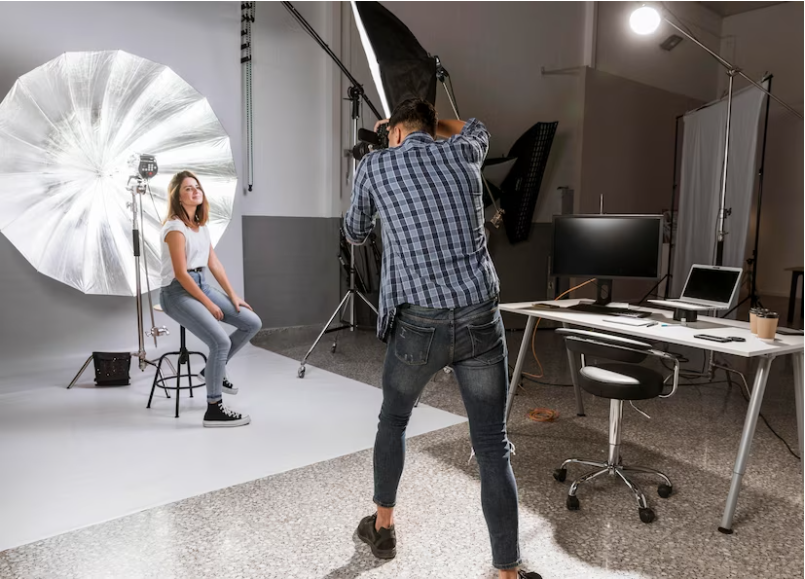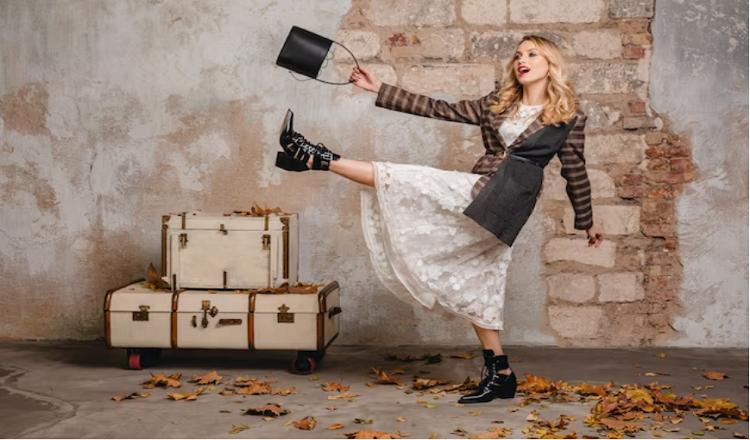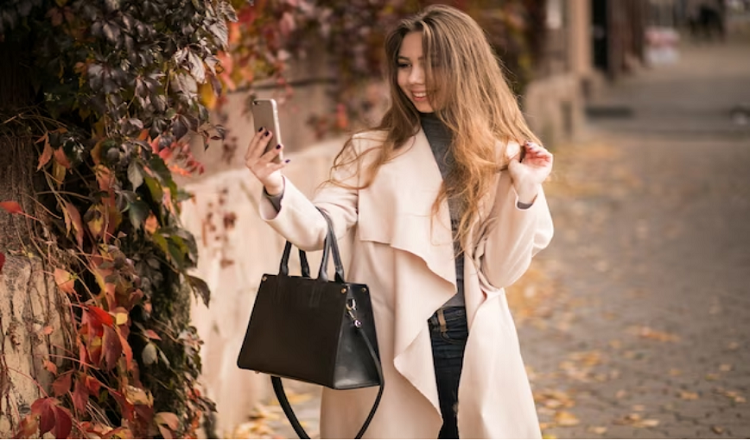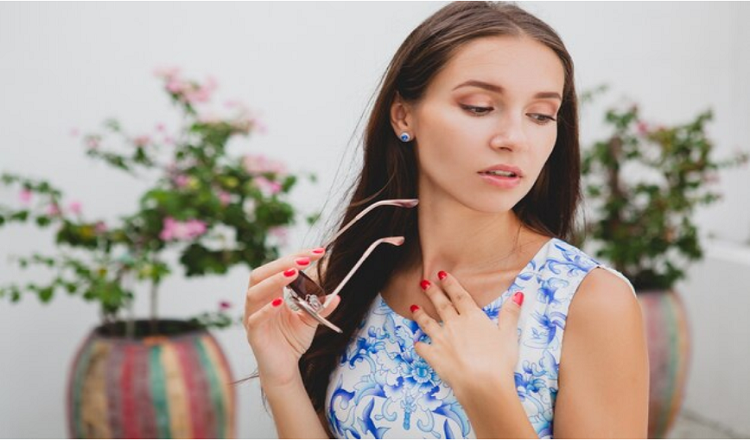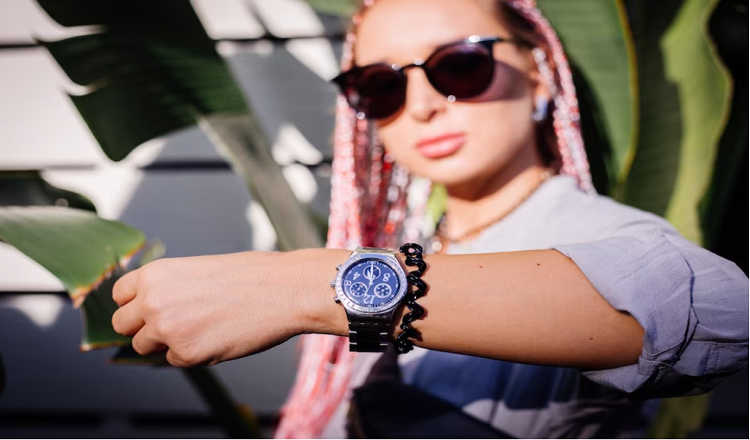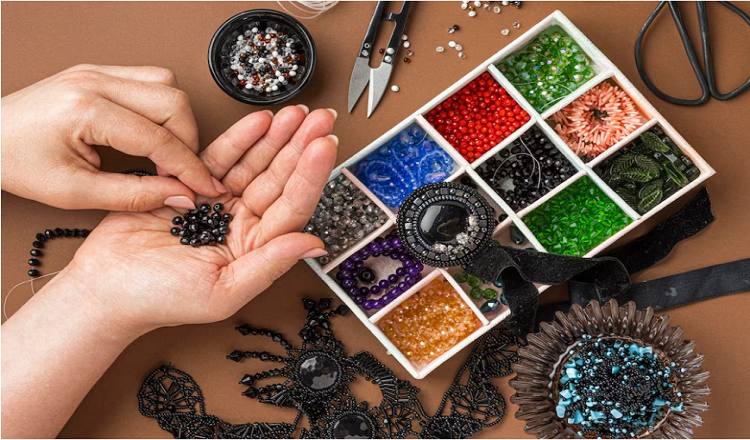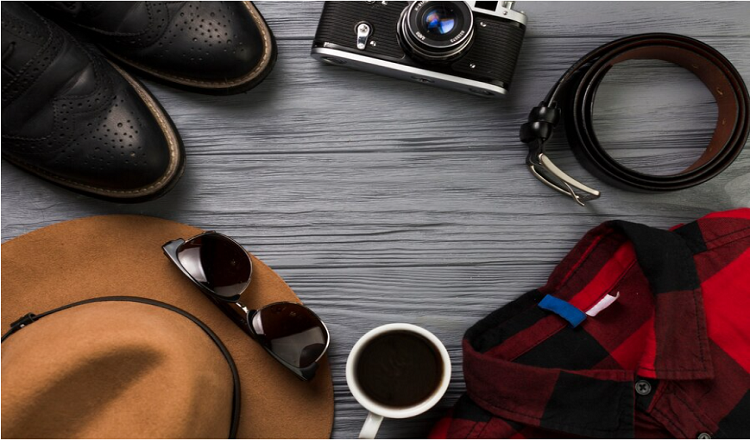
From Flat Lays to Action Shots: How to Photograph Clothes and Accessories
In the digital age we live in now, where fashion and style are always the focus of social media feeds, it’s a useful skill to know how to take pictures of clothes and accessories. This guide will help you take your photography skills to the next level, whether you want to be a fashion blogger, sell clothes online, or just like to capture the spirit of clothes. In this piece, we’ll look at a wide range of techniques, tips, and tricks that can be used to make beautiful photos, from flat lays to action shots.
Understanding the Importance of Visuals in Fashion
When it comes to fashion, how something looks is very important. Not only does high-quality photography show the features and textures of clothes, but it also shows the wearer’s personality and style. Also, interesting images can draw people in and keep them interested, making them more likely to follow you, buy your products, or be inspired by your content. Let’s look at some different types of photography that can help you catch the spirit of clothes and accessories.
Flat Lays: How to Set Up Your Shots Perfectly
In fashion photography, flat lays are becoming more and more famous, and for a good reason. For this style, clothes, accessories, and other items are put together on a flat surface, generally from the top down. Follow these steps to make a flat lay that looks good:
Choosing a Theme or Main Idea
Choose a theme or idea for your flat lay before you start putting things together. Think about the colours, designs, and style you want to show. This will help you put together a piece that works well together.
How to Choose the Right Background
The background is very important to the look and feel of your flat lay. Choose simple backgrounds that won’t take attention away from what you want to show. Most flat lay photos look good when the background is a neutral colour or has a simple pattern.
Playing with the order and placement of things
Try out different ways of putting things together to find the most pleasing one. Play with putting things on top of each other, overlapping textures, and making interesting lines to give your image depth and visual interest.
Get action shots that tell a story
Flat lays are great for showing off your goods, but action shots make your clothes and accessories come to life. Getting a picture of movement makes people feel something and helps you tell a story about your fashion. Follow these rules to get movement shots that are interesting:
Know what you’re talking about
Before you start shooting, you should get to know the clothes or other items you’ll be using. Learn what makes them different and try to picture how they would move. With this knowledge, you’ll be better able to catch the important times.
Make use of natural light
When taking action shots, natural light is very important. Place yourself near a window or take pictures outside during the golden hours, which are early in the morning or late in the afternoon, when the light is warmer and softer. This will make the colours and features of the clothes stand out and make them look better.
Put a stop to the motion
Use a fast shutter speed to stop moving things. This will make sure that your clothes and items look good even when you’re moving around. Try out different shutter speeds to find the right balance between stopping motion and keeping the quality of the photo.
Showing Specifics: Macro Photography
You can show off the small features of clothes and accessories with macro photography. By taking close-ups, you can show off the quality of fabrics, stitching, decorations, or small design elements. How to get good at macro photography:
Use an extension tube or a macro lens
Invest in a good macro lens or extension tubes to catch the smallest details. With these tools, you can get in close and still see clearly and sharply.
Keep Your Camera Still
Because the depth of field is so small in macro photography, it can be hard to get good shots. Use a tripod or steady your camera to keep pictures from being blurry. Also, to reduce camera shake, think about using a remote shutter release or the self-timer function.
How to Choose the Right Focus Point
When taking close-ups, be careful about where you put the point of attention. Make sure that the important details you want to draw attention to are very sharp, but let other things have a pleasing “out-of-focus” (bokeh) affect.
Trying out different points of view: unusual angles
Taking pictures of clothes and items from odd angles can give your pictures a new and interesting look. You can make interesting images by breaking the rules and going beyond the usual front-on shots. Here are a few ideas to get you started:
Shots from above: the bird’s-eye view
Take pictures of your fashion pieces from up high, looking down on them. This is a great way to show off whole outfits, draw attention to patterns, or emphasise symmetry in your arrangement.
Low-angle shots are the most powerful move.
When you shoot from a lower angle, your subject can look bigger than life. This method is great for catching details on shoes or other items, giving your photos a sense of drama and impact.
Wide-Angle Views: Contexts and Environments
By using a wide-angle lens or including the background in your shot, you can give your clothes and items a sense of place. This method is especially helpful when taking pictures of clothes in unusual places or in front of beautiful scenery.
Bottom Line
Getting good at taking pictures of clothes and accessories can lead to many different jobs in the fashion business. From flat lays to action shots, macro photos to unusual angles, there are many creative ways to show what your clothes are all about. With the tips and methods in this article, you are now ready to take your fashion photography to the next level and tell visually engaging stories. So, get your camera and start trying things out right away.
Read More You May Like:
- Photography 101: Tips for Taking Amazing Fashion Photos
- From Photography to Styling: A Guide to Creating a Fashion Portfolio
- From Street Style to Runway: Capturing Fashion Moments in Real Life
- Behind the Scenes: How Fashion Campaigns are Created
- How to Create a Cohesive Feed for Instagram: The Importance of Aesthetic


